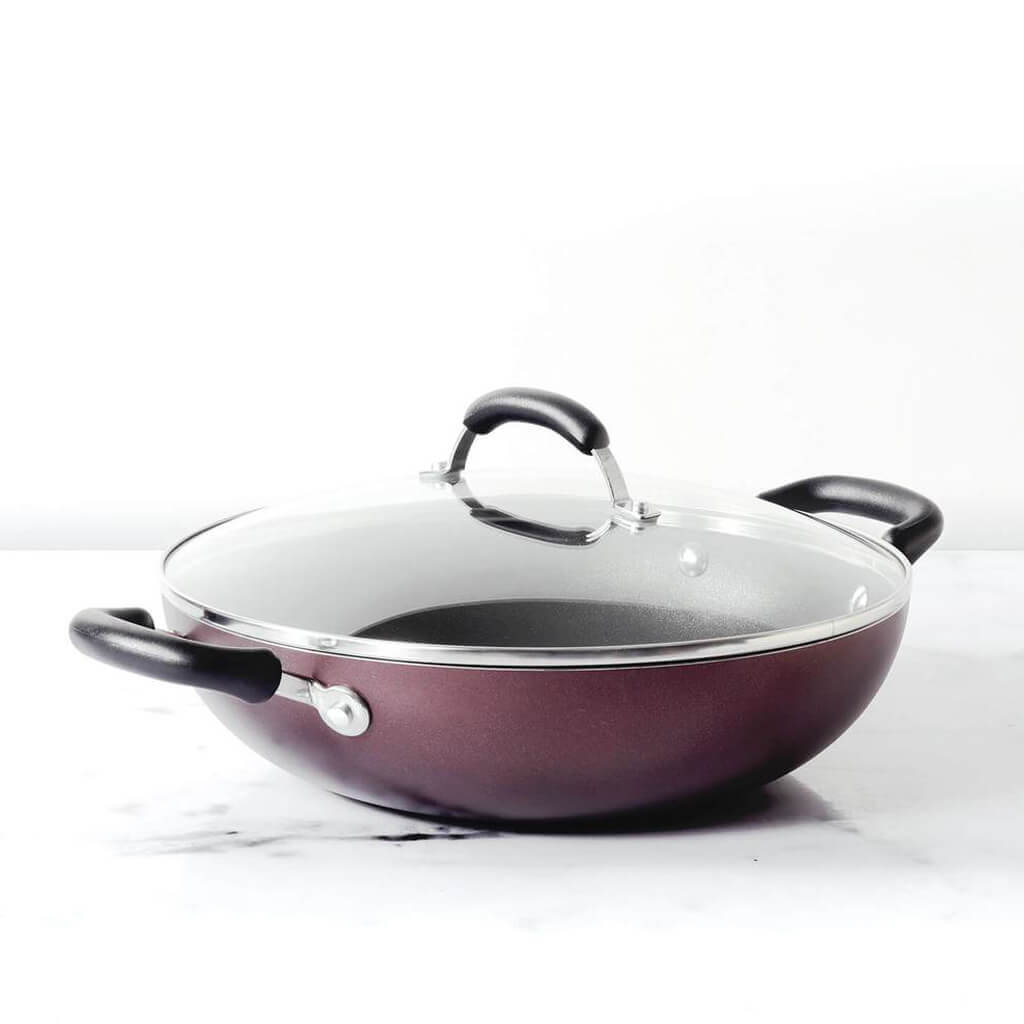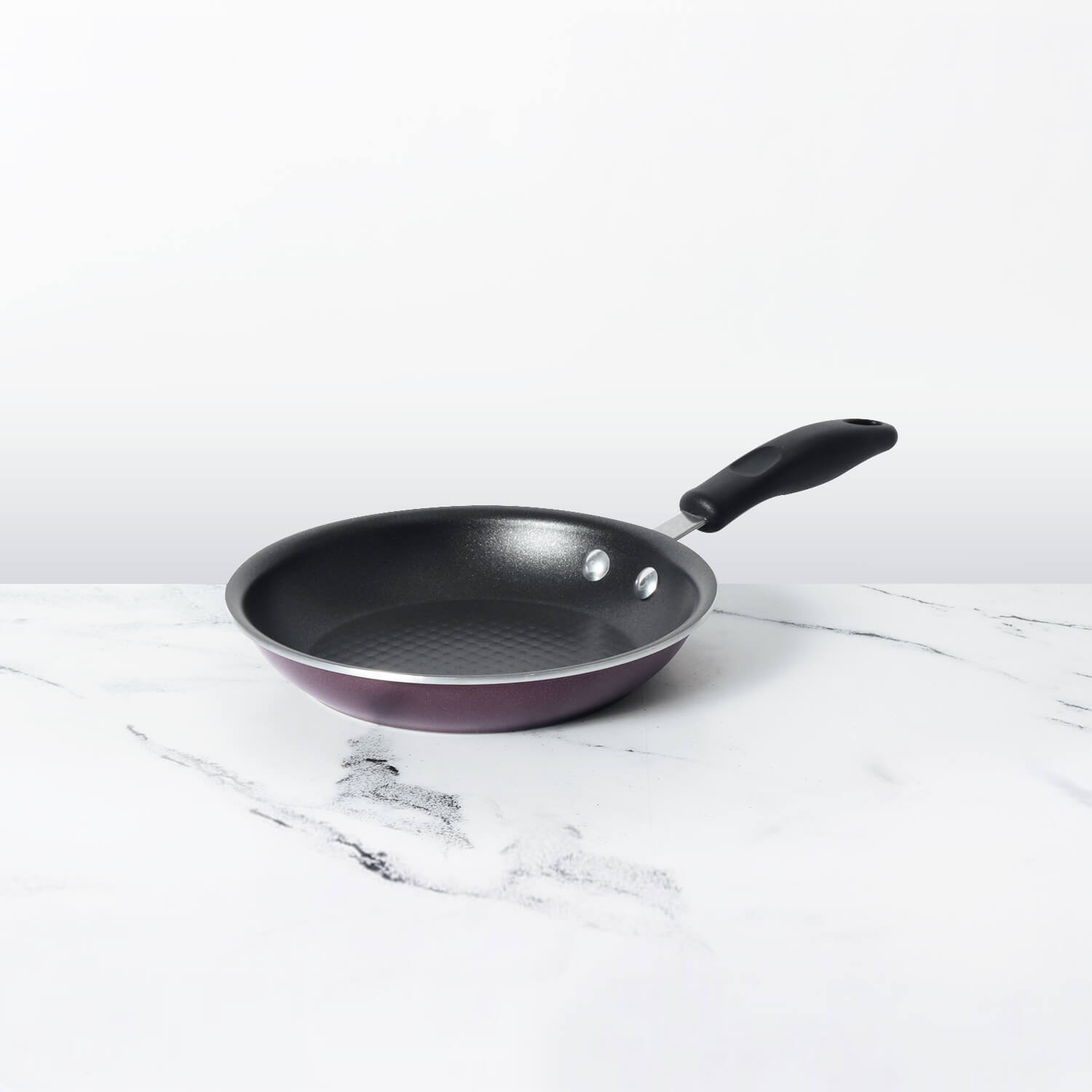Sugar and jaggery, despite their differences, share the commonality of being sweeteners used to add sweetness to a wide array of culinary creations. Both sugar and jaggery serve as natural sweetening agents in various dishes, beverages, and desserts across different cultures and cuisines. While they differ in taste, production processes, nutritional content, and uses, they are sought after for their ability to impart sweetness and enhance the flavors of foods. Additionally, both sugar and jaggery are utilized as ingredients in traditional and modern cooking practices, offering distinct taste profiles and culinary versatility in their respective applications.
Table of Contents
Source and Processing:
- Jaggery: Jaggery is a natural sweetener made from concentrated sugarcane juice or palm sap. It undergoes minimal processing, where the juice is boiled until it thickens and solidifies, and then molded into blocks or cones without the use of chemicals or additives.
- Refined Sugar: Refined sugar, often derived from sugarcane or sugar beets, undergoes extensive processing involving extraction, clarification, crystallization, and chemical treatment. This process removes impurities and natural nutrients, resulting in the pure sucrose crystals known as refined sugar.
Nutritional Content:
- Jaggery: Jaggery retains more nutrients compared to refined sugar due to minimal processing. It contains minerals like iron, magnesium, potassium, and small amounts of vitamins and antioxidants.
- Refined Sugar: Refined sugar lacks significant nutritional value as most of the natural nutrients present in the sugarcane or sugar beet plant are removed during the refining process.
Glycemic Index:
- Jaggery: Jaggery has a lower glycemic index compared to refined sugar. It releases sugar into the bloodstream more slowly, resulting in a gradual rise in blood sugar levels.
- Refined Sugar: Refined sugar has a higher glycemic index, causing a quicker spike in blood sugar levels after consumption.
Flavor and Appearance:
- Jaggery: Jaggery has a distinct taste with caramel-like notes and a rich, earthy flavor. It ranges in color from golden brown to dark brown and comes in various forms like solid blocks, cones, or granules.
- Refined Sugar: Refined sugar is typically white or light brown in color, lacks a distinct flavor other than sweetness, and has a crystalline appearance.
Versatility in Culinary Use:
- Jaggery: Jaggery's unique taste and natural properties make it versatile for use in a wide range of dishes, both sweet and savory, in various cuisines worldwide.
- Refined Sugar: Refined sugar is commonly used as a sweetening agent in beverages, baked goods, and processed foods due to its sweetness but lacks the depth of flavor found in jaggery.
Conclusion:
While jaggery offers certain potential health benefits and a distinct taste compared to refined sugar, both should be consumed in moderation due to their sugar content. Individuals with specific health conditions should consult healthcare professionals or dietitians for personalized dietary guidance.











Leave a comment